Culinary Journeys: Discovering Traditional Cuisines in the Middle East
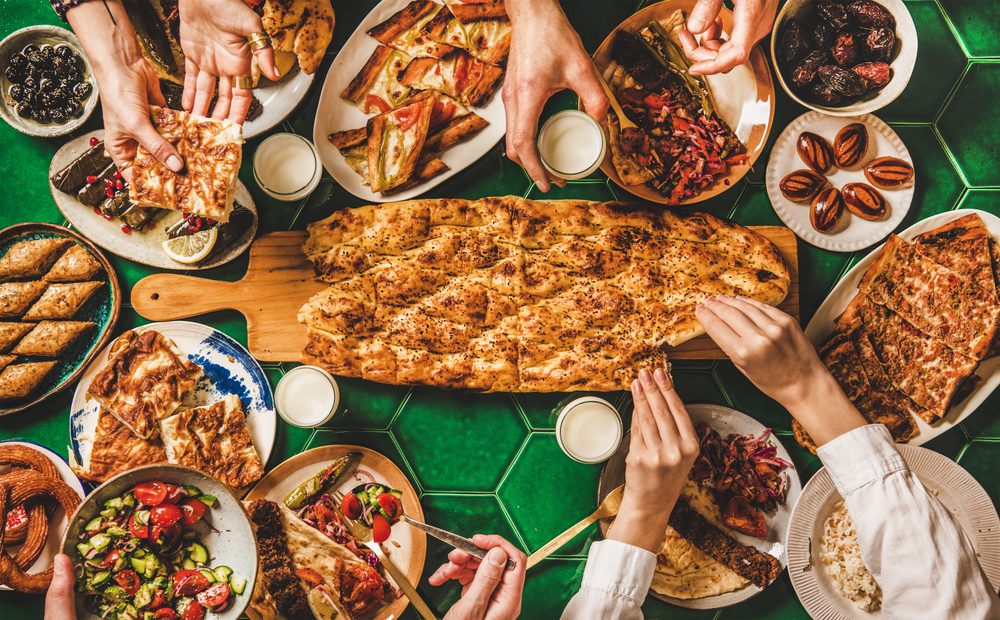
Embark on a culinary odyssey that will tantalize your palate and satisfy your hunger for history. Middle Eastern food is more than just sustenance; it’s a vibrant narrative steeped in tradition, spiced with diversity, and served with a generous helping of culture. Uncover the layers of taste and the stories behind them as we explore the rich tapestry that makes up the region’s traditional cuisines. Whether it’s the golden touch of saffron or the fundamental transformation brought about by the humble rice grain, each morsel is a testament to the culinary milestones that have shaped Middle Eastern gastronomy. With every sumptuous bite, we’re not just indulging in flavors, we’re connecting with a lineage of culinary mastery that’s been simmering for centuries. Get ready to sate your curiosity and feed your soul on this epicurean adventure.
Are your taste buds on the hunt for new explosive flavors? Have you ever paused mid-bite, taken aback by the intricate layers of taste offered by a Middle Eastern dish? If so, then you’re about to embark on a delectable voyage that uncovers the deeply rooted traditions and rich complexities of Middle Eastern cuisines.
Unraveling the Puzzles of Middle Eastern Cuisine
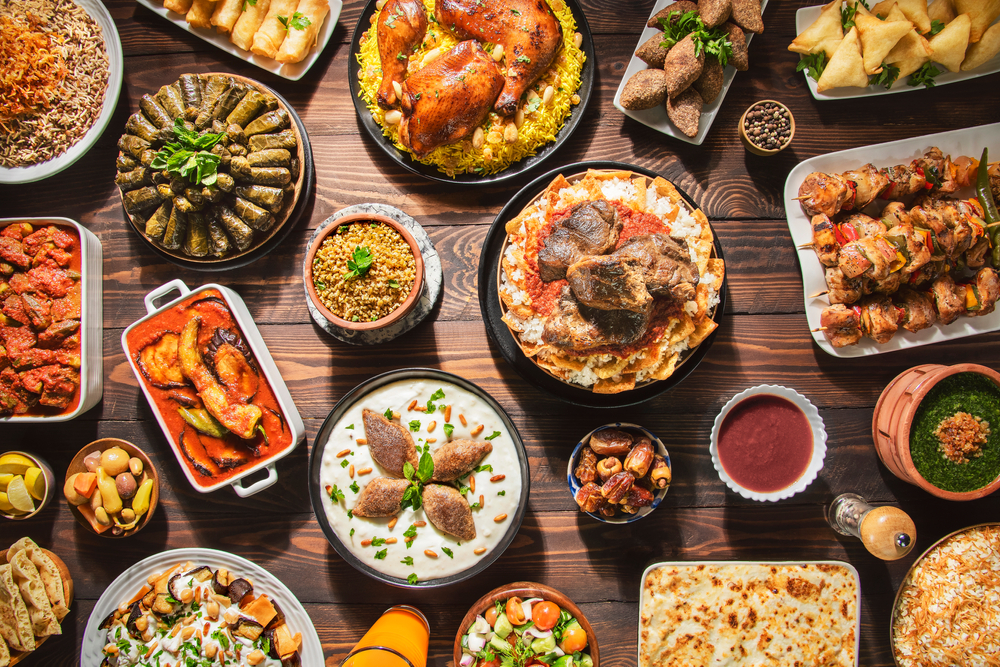
When we talk about Middle Eastern cuisine, we’re referring to a tapestry woven with diverse threads of cultures and epochs. This gastronomic fabric is unlike any other, with each thread representing a different historical influence and culinary approach. But how did this all come to be? What magical blend of history and geology gave rise to these celebrated flavors and traditions?
Mapping the Journey
- The Persian Palate: Discovering the culinary legacy of the Persian Empire and its contributions to the regional flavor—like saffron’s golden touch.
- Rice and Rise: Tracing the introduction of rice from its East Asian roots to its staple status throughout much of the Middle East.
- Fruits of Fertility: Uncovering the role of oases and fertile crescents in peppering the Middle Eastern diet with a variety of fruits.
- The Poultry Pathway: How poultry became a centerpiece in the region’s diet, beyond just a source of sustenance.
From ancient culinary crossroads to modern-day mezze, each aspect of Middle Eastern cuisine tells a story. The savory scent of saffron, the hearty staple of rice revolutionizing a region’s diet, and the sweet bursts of fruit that dot the landscape—all these elements paint a vibrant picture of this area’s storied plates. But where did these influences originate, and how have they transformed over time into the cuisine we savor today?
Did you know, for instance, that the humble eggplant was once regarded with suspicion in Europe but has long been treasured in Middle Eastern dishes? Or that the region’s affection for nuts and spices has traveled through the centuries, enhancing family gatherings and festive celebrations alike? These tidbits of culinary heritage craft a fascinating narrative—one that’s waiting to satiate your curiosity.
With each bite of a perfectly grilled kebab or a spoonful of rich, aromatic stew, you’re not just nourishing your body but also feasting on centuries of tradition and innovation. So, I wonder, do you find yourself leaning in, eager to learn more about the evolution of these culinary practices? Well, stay tuned because our mouthwatering exploration has only just begun. Up next, we’ll stir up the magic of Middle Eastern cuisine, examining the traditional cooking methods that create those unique tastes and aromas you’ve come to love. Are you ready to uncover the secrets behind the smoke and sizzle? Let’s keep our journey simmering!
The Cooking Chronicles
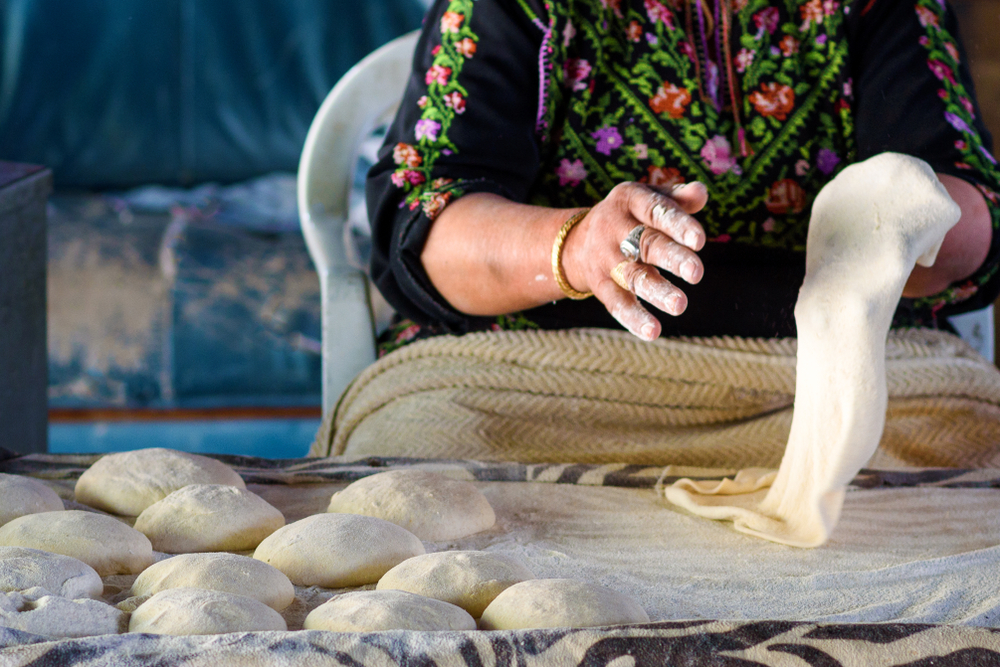
What’s the secret behind the addictive flavors of Middle Eastern dishes that keep us coming back for more? It’s not just the spices, but the entire tapestry of cooking methods that infuse every bite with tradition and taste.
Stirring up the Magic
To understand the heart of Middle Eastern cuisine, we must delve into the region’s pots and pans and unravel the culinary practices that give this food its soul. Olive oil, the liquid gold of the Mediterranean, isn’t just a cooking medium; it’s a historical legacy that brings out the earthy flavors of the food. Ghee, with its rich, nutty essence, often forms the base of many aromatic dishes.
But have you considered how the methods of preparing these meals contribute to their health benefits as well as their deliciousness? Let’s take a look:
- Grilling: This isn’t just about kebabs. Think of aubergines turned into smoky baba ganoush, or the juicy perfection of grilled meats that only require a simple marinade to shine.
- Baking: Beyond bread, baking is a crucial technique for dishes like kibbeh, where the oven coaxes flavors and textures to meld harmoniously.
- Slow Cooking: Stews and curries, simmered to perfection, allowing spices and seasonings to penetrate deep into vegetables and meats, creating complex layers of flavor.
Each dish tells a story of its own, resonating with the notes of patience and passion.
“A recipe has no soul. You, as the cook, must bring soul to the recipe.” – Thomas Keller
And that’s precisely what happens in Middle Eastern kitchens. The aromas that waft through the air as spices toast and the sizzle of onions browning in ghee speak directly to the heart.
But let’s pause here for a moment. If this aromatic journey through the staple cooking practices has your curiosity piqued, how about the influences that shaped them? What climate and historical exchanges sprinkled in the extra zest that makes Middle Eastern cuisine so unique? The answers lie just ahead, and they’re as intriguing as the spices in a Levantine souk.
Tracing the Influences

“Food is the ingredient that binds us together.” These simple yet profound words ring especially true in the context of Middle Eastern cuisine, where every dish tells a story of cultures, climates, and history intertwine. But what exactly shapes the distinct taste of these vibrant culinary traditions?
Unearthing the Influences
Imagine strolling through a bustling Middle Eastern bazaar; the air is fragrant with spices, and every corner seems infused with history. The variety here didn’t just appear; it was influenced by a wealth of factors. Let’s look at the melting pot of factors that helped shape this cuisine’s character:
- Mediterranean Climate: The warm, balmy weather conditions of the Middle East provide the perfect environment for olive trees, grapevines, and citrus groves. This climate contributes to the use of olive oil in cooking and the fresh salads that cool the palette.
- Ancient Religions: Religious practices often dictate dietary customs. Have you ever wondered why lamb is predominant in Middle Eastern dishes? Well, it’s because lamb is considered kosher and halal, aligning with Jewish and Islamic dietary laws.
- Age-Old Trade Routes: The Middle East was a central hub in the Silk Road and spice trade, introducing a variety of spices and herbs such as cumin, coriander, and cardamom that are now staples in Middle Eastern cuisine.
- Shared Ingredients: Did you know that rice dishes in the Middle East were influenced by Indian traders? The shared ingredients between different cultures have led to a unique blend of flavors—where each ingredient has a tale of trade and exchange.
Every ingredient, every spice, and every cooking method tells a tale of convergence and divergence—as multiple cultures left their imprint on what we today celebrate as Middle Eastern cuisine.
Are you starting to sense how these influences have intermingled to produce such diverse and tantalizing flavors? But wait, there’s more to savor. As we prepare to embark upon a journey through some of Middle Eastern cuisine’s most iconic dishes, you may be wondering, “How have these influences come to life in the meals that grace my dinner table?”
Stay tuned, as we reveal the magic behind the flavors that have captivated taste buds around the world and turn the page to the next delicious chapter of our culinary journey. What if I told you that the same warmth and generosity that the Middle Eastern culture is celebrated for is also reflected in their food? In our next segment, we’ll unravel just that – the passionate tale of hummus, manakeesh, and more waiting to be savored. Ready to unleash the flavors?
The Gastronomic Journey

Welcome to a virtual tour that tantalizes your taste buds and takes your senses on an adventure through the Middle East. Picture yourself walking through a bustling market, the air fragrant with spices, and the sizzle of freshly grilled foods hitting your ears.
Unleashing the Flavors
Imagine the creamy texture of freshly prepared Hummus spread on a warm piece of bread, the zestful blend of chickpeas, tahini, lemon, and garlic creating a perfect harmony of flavors. Or how about the irresistible Manakeesh? Often called the pizza of the Arabic world, this delectable flatbread topped with za’atar, cheese, or ground meat, is a symphony in every bite.
Let’s not forget Grilled Halloumi, a semi-hard cheese that holds its shape when cooked, delivering a salty and tangy flavor profile, transformed with grill marks into a dish that’s as pleasing to the eye as it is to the palate. And for those who relish a fresh and tangy salad, the colorful mix of greens, vegetables, and crispy pita bread in Fattoush will undoubtedly captivate your culinary senses.
These dishes are not just meals; they are stories told through flavors and textures, stories that have traveled through time to grace our kitchens and dining tables.
“Food is the ingredient that binds us together.” This sentiment holds so true for Middle Eastern cuisine, which has the power to bring people together in a celebration of taste and tradition.
Now, you might wonder, what makes these dishes stand out in such a vibrant tapestry of cuisines? The secret often lies in the freshness of the ingredients and the time-honored techniques passed down through generations. Each dish carries within it hundreds of years of history, a legacy of taste that’s shared across borders and cultures.
Yet, the journey doesn’t end here. Are you curious to discover more culinary treasures and learn how you can delve into the Middle Eastern culinary scene even deeper? Stick around because there’s an abundance of resources just waiting to be discovered by a dedicated food explorer like yourself.
- Ever wondered where you can find the best recipes for these traditional dishes?
- Interested in learning about the bloggers who have unlocked the secrets of Middle Eastern spices?
Keep your culinary compass handy as we prepare to navigate this vibrant landscape, revealing tips and tricks to enrich your Middle Eastern cooking adventures even further.
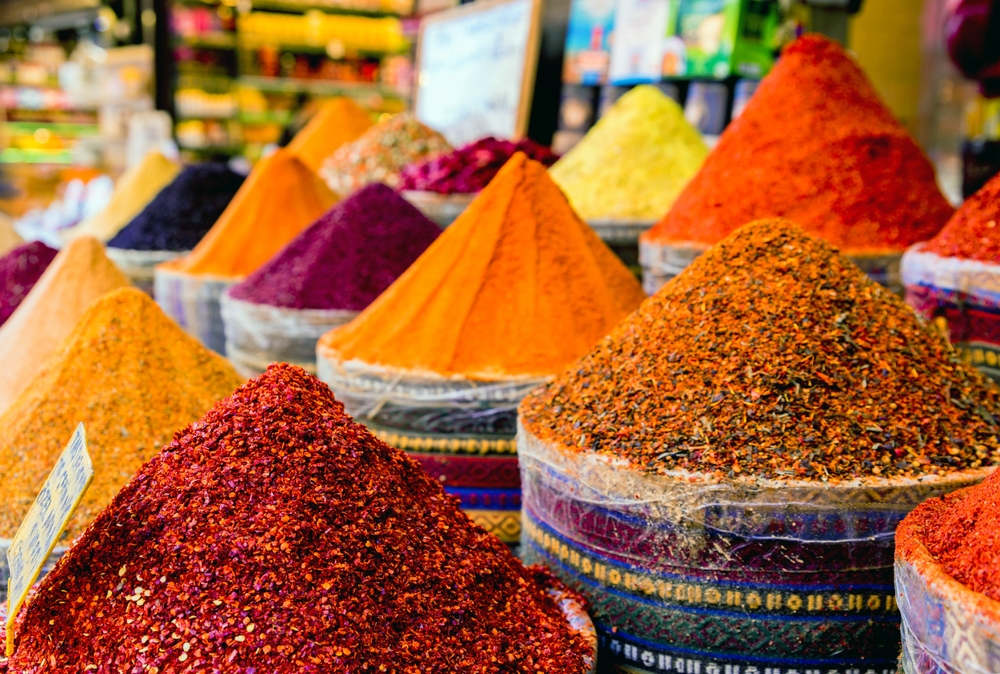
Embarking on a culinary journey requires more than just a voracious appetite; it demands the right tools to truly unravel the charms of Middle Eastern flavors. As a culinary adventurer, I’ve uncovered a selection of resources that will serve as your compass, guiding you deeper into this rich culinary landscape.
Your Culinary Toolkit
Picture yourself mastering the art of Persian stews or perfectly grilling kebabs at home. To assist your endeavors, I’d like to spotlight some insightful resources that are just waiting to be devoured. Imagine these as your secret ingredients in mastering Middle Eastern cuisine.
- For starters, Munchery.com offers a fascinating blend of historical context and modern twists. Their article, ‘Old Meets New: The Roots and Current Trends of Middle Eastern Cooking,’ not only takes you on a historical journey but also connects you with contemporary practices that keep this cuisine evolving.
- Next, Medium features a myriad of personal essays and stories that illuminate the intimate connection between travel and food. Check out this piece on exploring culinary connections to see how each dish tells a story, each spice carries a narrative.
- And let’s not overlook Gourmandelle.com, where the focus is on vegetarian delights within the Middle Eastern palette. Their informative posts are worthy of your recipe collection, especially for those looking to mesh health with traditional tastes.
We’ve savored the knowledge these resources serve up, but our culinary quest is far from over. With these tools, your kitchen can morph into a Middle Eastern bazaar, brimming with the scents of cumin, coriander, and cardamom. But how does this translate into your own culinary masterpieces?
Stay tuned as we wrap up this flavorful exploration with takeaways that can transform your dining experiences.
Wrapping it Up
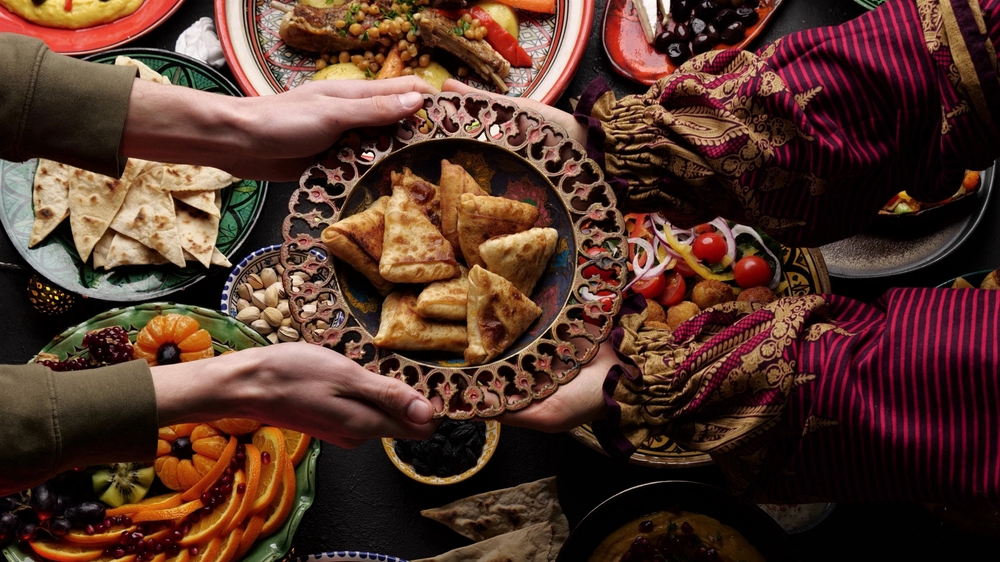
What a flavorful expedition it’s been! Together, we’ve traversed the spice-scented lanes and aromatic alleys of Middle Eastern cuisine. From the ancient empire’s ingenuity to today’s bustling city eateries, we’ve uncovered the layers that make this culinary mosaic so intriguing.
A Recap of the Journey
We started out by tracing the evolution of this region’s food, seeing how each ingredient has its own tale and place in the grand tapestry of taste. The cooking methods themselves—a blend of tradition and innovation—revealed the heart of Middle Eastern kitchens, where both the health-conscious and the flavor-seeker find solace. Then, we examined the patchwork of cultural, geographical, and historical influences that contribute to the depth and diversity on the plate.
It was like a virtual buffet as we toured the must-try dishes that define Middle Eastern fare. The vibrant hues of Hummus, the texture of grilled Halloumi, the tang of Fattoush – each morsel a chapter of a story that’s been unfolding for generations.
Ending Note
And now, as we fold our maps and put away our compasses, I hope your appetite for Middle Eastern cuisine is not only whetted but on fire. This isn’t the end of our journey; it’s only a pause. I urge you, fellow traveler, to step into the kitchen, armed with the spoils of our adventure. Transform your curiosity into creation. Let the rich, layered flavors you’ve read about manifest on your dinner table. Share a meal with friends, or revel in the serenity of solo dining, and let each bite be an echo of our journey together.
Finally, let’s keep the spirit of exploration alive because every dish has a story, and each meal is an opportunity to travel without moving an inch. So here’s to the next culinary venture, and until then—savor every flavor, and bon appétit!